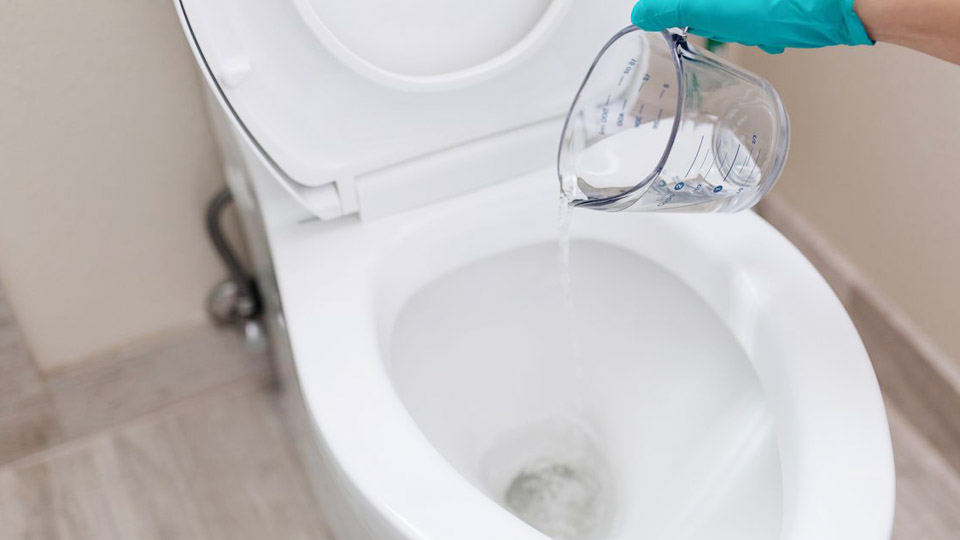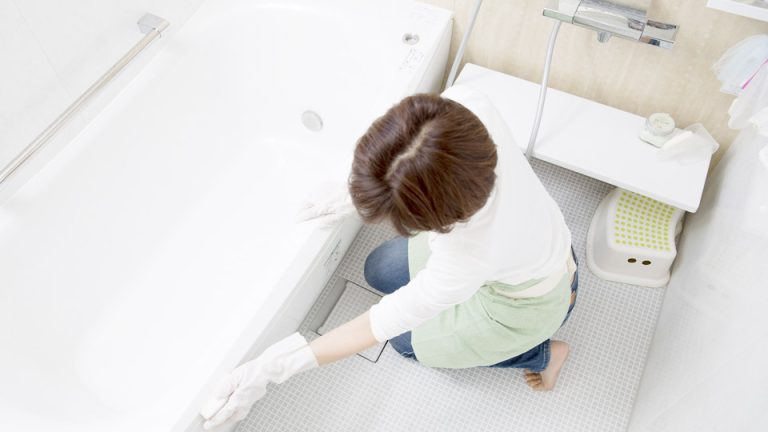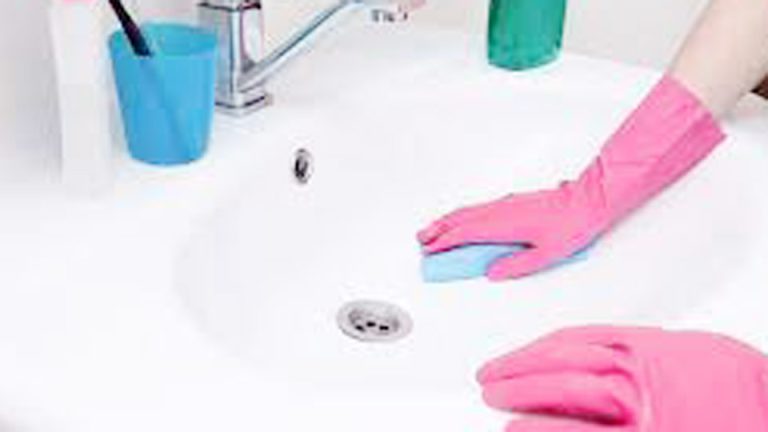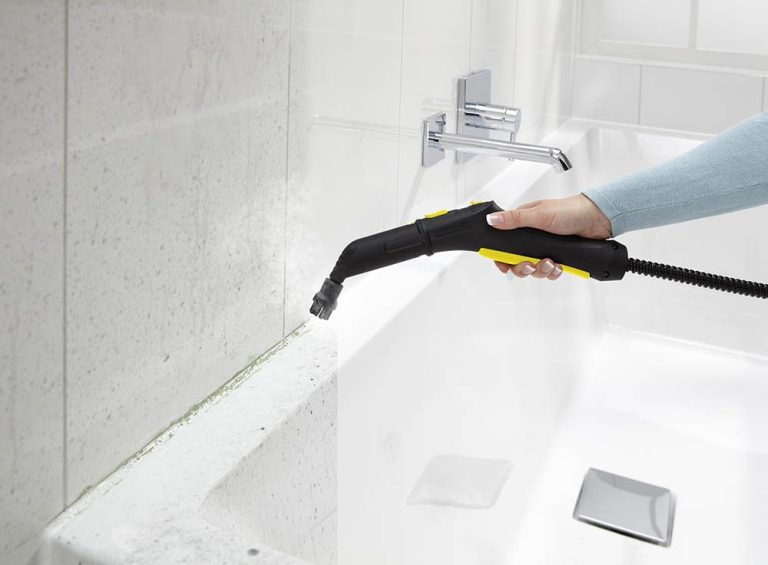As a professional cleaner with over a decade of experience and a mom who’s tackled every kind of household mess, I’ve faced the frustration of figuring out how to remove blue toilet cleaner stains from a toilet seat. I’ll never forget the time I accidentally spilled a blue toilet bowl cleaner on my white plastic toilet seat during a rushed cleaning session.
The bright blue streaks looked like they’d never come off, and I panicked, thinking I’d ruined it. But after years of trial and error, I’ve mastered a few reliable, pet- and family-safe methods that work like magic. Let me share my personal recipes, step-by-step tips, and real-life stories to help you get your toilet seat sparkling clean again.

Image by thespruce
Blue toilet cleaner stains are stubborn because the dye clings to porous surfaces like plastic or ceramic. My homemade solutions use simple ingredients you likely have at home, and they’re gentle enough to avoid damaging your toilet seat. If you’re dealing with fresh drips or old, set-in stains, I’ve got you covered with practical, budget-friendly fixes.
Why Blue Toilet Cleaner Stains Are So Tough
That first spill taught me a lesson: blue toilet bowl cleaners are designed to stick around. The dyes in these products are strong to ensure long-lasting cleaning in the bowl, but when they splash onto the seat, they can seep into tiny scratches or pores in the material.
Plastic seats are especially prone to holding onto these stains, and ceramic ones can be tricky too. I’ve learned that harsh scrubbing or chemical-heavy cleaners can make things worse, scratching the surface or fading the finish.
Store-bought stain removers often promise miracles but can be too abrasive or leave a chemical smell I don’t want in my bathroom. That’s why I turned to natural, homemade solutions. They’re safe, effective, and won’t break the bank. Here’s how I tackle those pesky blue stains.
My Go-To Methods for Removing Blue Toilet Cleaner Stains
I’ve developed three methods that have saved countless toilet seats in my own home and for clients. Each one works for different situations, depending on the stain’s age and the toilet seat’s material. These are my tried-and-true approaches, honed through years of cleaning.
Method 1: Baking Soda and Vinegar Paste
This is my favorite method for most blue stains, especially on plastic toilet seats. Baking soda acts as a gentle abrasive, and vinegar’s acidity helps lift the dye. I discovered this combo when I spilled cleaner on my guest bathroom seat and needed a quick fix before company arrived.
What You’ll Need:
- ½ cup baking soda
- ¼ cup white vinegar
- A small bowl
- A soft sponge or cloth
- Warm water
- A dry microfiber cloth
How to Make It:
- Mix the baking soda and vinegar in a bowl to form a thick paste. It’ll fizz a bit, which is normal.
- Stir until it’s a spreadable consistency. Add more baking soda if it’s too runny.
How to Use It:
- Test the paste on a small, hidden area of the seat (like the underside). I wait 5 minutes to ensure no damage.
- Apply the paste to the blue stain with a soft sponge or cloth.
- Let it sit for 10–15 minutes to loosen the dye.
- Gently scrub the stain in circular motions with the sponge. Don’t press too hard to avoid scratching.
- Wipe off the paste with a damp cloth.
- Dry the seat with a microfiber cloth for a streak-free finish.
My Experience: That guest bathroom spill was a disaster, but this paste lifted the blue stains in 15 minutes. The seat looked brand new, and my guests had no idea I’d been scrubbing minutes before they arrived.
Method 2: Hydrogen Peroxide and Dish Soap Soak
For older, set-in stains, this method is my go-to. Hydrogen peroxide breaks down the dye, and dish soap helps lift any oily residue. I used this on a client’s ceramic toilet seat that had blue streaks from months of cleaner drips.
What You’ll Need:
- ½ cup 3% hydrogen peroxide
- 1 teaspoon mild dish soap (I use Dawn)
- A small bowl
- A soft cloth or sponge
- Warm water
- A dry towel
How to Do It:
- Mix the hydrogen peroxide and dish soap in a bowl.
- Test a small area of the seat first. I check the hinge area to avoid noticeable damage.
- Dip a soft cloth in the solution and apply it to the stain.
- Let it sit for 20 minutes to break down the dye.
- Gently scrub with the cloth or sponge.
- Rinse with a damp cloth and warm water.
- Dry thoroughly with a towel.
The client’s ceramic seat was a mess, with blue stains baked in from neglect. After two rounds of this method, the stains were gone, and the seat gleamed. It took patience, but it was worth it.
Method 3: Rubbing Alcohol Quick Fix
For fresh stains or quick touch-ups, rubbing alcohol is my secret weapon. It evaporates fast and lifts dye without soaking the seat. I used this when I accidentally dripped cleaner on my kids’ bathroom seat during a busy morning.
What You’ll Need:
- ½ cup rubbing alcohol (70% isopropyl)
- A clean spray bottle
- A microfiber cloth
- Warm water
- A dry cloth
How to Make It:
- Pour the rubbing alcohol into a spray bottle. No mixing needed.
How to Use It:
- Test a hidden spot first. I check the back of the seat.
- Spray the alcohol lightly on the blue stain.
- Let it sit for 5 minutes.
- Wipe gently with a microfiber cloth.
- Rinse with a damp cloth to remove any residue.
- Dry with a clean cloth.
This method saved me when I was rushing to clean before a school pickup. The fresh blue drip came off in minutes, and the seat was spotless with no lingering smell.
Choosing the Right Method for Your Toilet Seat
Toilet seats vary—plastic, ceramic, or even wood—and the wrong method can cause damage. Here’s a guide based on my experience to help you pick the best approach.
| Toilet Seat Material | Best Method | Why It Works | Tips from My Experience |
|---|---|---|---|
| Plastic | Baking Soda and Vinegar Paste | Gentle abrasive action lifts dye without scratching. | Don’t scrub too hard; plastic scratches easily. |
| Ceramic | Hydrogen Peroxide and Dish Soap | Breaks down tough stains; safe for non-porous surfaces. | Let it sit longer for old stains but rinse well. |
| Painted Wood | Rubbing Alcohol Quick Fix | Fast-drying and gentle on delicate finishes. | Test thoroughly; wood can be sensitive to liquids. |
| Unknown Material | Baking Soda and Vinegar Paste | Safest for most seats; least likely to cause damage. | Start with a small amount and check for scratches. |
Check the seat’s material by looking at the manufacturer’s label or feeling the texture. Plastic feels smooth and lightweight, ceramic is heavy and cool, and wood may have a grainy finish. When in doubt, start with the baking soda method—it’s the most forgiving.
Step-by-Step Guide to Removing Blue Stains
Here’s my foolproof process for tackling blue toilet cleaner stains, based on years of cleaning bathrooms for clients and my own family.
- Identify the Stain: Check if the stain is fresh or set-in. Fresh stains are easier to remove, so act fast if you can.
- Test Your Cleaner: Apply a small amount to a hidden area. I check the underside of the seat and wait 5 minutes.
- Apply the Cleaner: Use one of my methods, spreading or spraying as directed.
- Let It Sit: Follow the method’s dwell time—5–20 minutes for liquids, 10–15 for the paste.
- Scrub Gently: Use a soft sponge or cloth. I avoid abrasive scrubbers to prevent scratches.
- Rinse Thoroughly: Wipe with a damp cloth to remove residue. Leftover cleaner can attract dirt.
- Dry Completely: Use a dry microfiber cloth for a streak-free shine. I learned the hard way that damp seats can look streaky.
- Check Your Work: Inspect the seat in good light. If the stain persists, repeat the process.
I used this process on my kids’ bathroom seat after a blue cleaner spill. It took 20 minutes, but the seat looked pristine, and I felt like I’d conquered a cleaning beast.
Common Mistakes to Avoid
I’ve made plenty of cleaning blunders, and I want to save you the trouble. Here are the biggest mistakes I’ve learned to avoid:
Scrubbing Too Hard: Aggressive scrubbing scratches plastic and ceramic. I use gentle, circular motions.
Skipping the Test: I once faded a painted wood seat because I didn’t test the cleaner. Always test first!
Using Harsh Chemicals: Bleach or ammonia-based cleaners can damage finishes. I stick to natural solutions.
Leaving Cleaner On Too Long: Prolonged exposure can dull the seat. I stick to the recommended dwell times.
Not Drying Properly: A damp seat can attract dust or look streaky. I always dry with a microfiber cloth.
Why I Love Homemade Cleaners for Toilet Seats
Switching to homemade cleaners was a game-changer for me. They’re safe for my family, gentle on surfaces, and so much cheaper than store-bought options. I remember the first time I used the baking soda and vinegar paste on my guest bathroom seat.
I was skeptical, but when the blue stains vanished, I was hooked. It’s satisfying to clean with pantry staples, and I love knowing exactly what’s in my solutions—no mystery chemicals here.
Preventing Blue Toilet Cleaner Stains
Preventing stains is easier than cleaning them. Here’s what I do to keep my toilet seats spotless:
- Apply Cleaner Carefully: I pour toilet bowl cleaner directly into the bowl, avoiding the rim where it can splash.
- Wipe Spills Immediately: If cleaner drips on the seat, I wipe it with a damp cloth right away.
- Use Gel Cleaners: Gel formulas stick to the bowl better than liquids, reducing splashes.
- Close the Lid: I close the lid before applying cleaner to prevent splashes from reaching the seat.
- Regular Cleaning: I wipe down my toilet seats weekly with a damp cloth to catch any early stains.
After that first spill, I got smarter about applying cleaner. Closing the lid and wiping drips immediately has saved me so much scrubbing time.
Encouragement for Your Cleaning Journey
Dealing with blue toilet cleaner stains can feel like a losing battle, but trust me, you can handle it! With these methods, your toilet seat will be sparkling clean in no time. Start with one technique, take it slow, and don’t get discouraged if it takes a couple of tries.
You’re not just cleaning a toilet seat—you’re creating a fresh, welcoming bathroom for your family. You’ve got this, and I’m cheering you on!
FAQ
Can I use these methods on a ceramic toilet seat?
Yes, the hydrogen peroxide method works great for ceramic. I test first and let it sit for 20 minutes to tackle tough stains without damaging the finish.
Will vinegar damage my plastic toilet seat?
Diluted vinegar, like in my baking soda paste, is safe for most plastic seats. I always test a hidden spot and avoid leaving it on too long.
What if the blue stain doesn’t come off?
For stubborn stains, I repeat the hydrogen peroxide method or try the baking soda paste twice. Patience usually does the trick.
Are these cleaners safe for homes with kids or pets?
Absolutely. My recipes use non-toxic ingredients. I keep kids and pets out of the bathroom until the seat is dry and rinse well to remove residue.
How long does it take to remove blue stains?
Fresh stains take 10–20 minutes with any method. Older stains might need 30–40 minutes and a second round for best results.
Can I prevent blue stains without switching cleaners?
Yes, I pour cleaner carefully into the bowl, close the lid, and wipe drips immediately. It’s saved my seats from countless stains.



